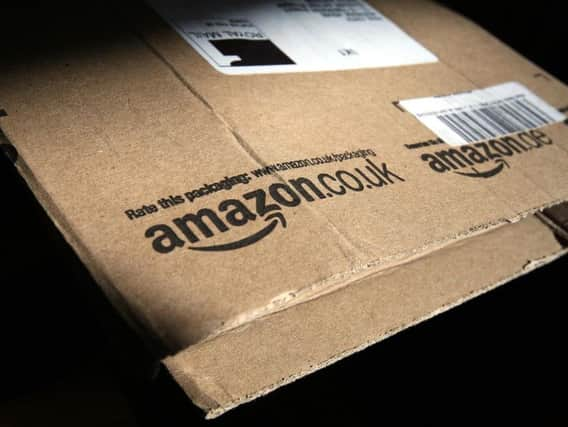How to automatically find the cheapest price on everything


Surely, you’d have thought, in an age of rolling “blue cross sales” and mid-season discounts, both online and in-store, someone would have harnessed the technology to keep track of it all and tell you when the price of an item you want has dropped.
In the States, price trackers are all the rage. They don’t replicate the excitement of rummaging through the oddments bin at M&S in the week after Christmas, but they do monitor the prices of individual products and compare them across the market.
Advertisement
Hide AdAdvertisement
Hide AdIn the UK, though, such services are few and far between, and where they do exist they’re heavily biased towards Amazon and other online retailers.
Nevertheless there are a few “life hacks” to keep up your sleeve when you’re next window shopping from Windows.
CamelCamelCamel.com is among the biggest of the transatlantic price-tracking sites, and while it’s Amazon-specific, it can save you time and perhaps money if you’re keeping tabs on multiple items.
Camel keeps you abreast of current retail prices by email or Twitter, and compares Amazon’s asking price with those of third-party sites. If you create a public wishlist on Amazon, Camel will create price-watches each product, and delete any you mark as purchased. There is no need to give the site any of your Amazon account details.
Advertisement
Hide AdAdvertisement
Hide AdI fed a list of 30 products into Camel to see how much I could save, and the answer was a disappointing 99p on just one of them; everything else was above what Camel called the “desired price”. A search on the UK-specific Dropster site was similarly unilluminating.
DealFeed.co.uk takes a different approach, monitoring prices at selected retailers and sending you an email when they change. It will also track voucher codes at participating dealers, but as the site freely admits, its links are there to earn commission, so the service isn’t entirely impartial. At least it’s entirely British.
Likewise, HotUKDeals.co.uk is strictly domestic. It relies on users posting details of offers they’ve found, so there is no guarantee that the item you want will be listed, and if it is, that the offer won’t have expired. But it takes only a few seconds to check.
Pinterest, on the other hand, is universal in its reach - and though it is not a dedicated price tracker, it’s used by many for that purpose expressly. The idea is that you create a wishlist on the site, with current prices, and await an email should any of them drop. This only works, however, with retailers that Pinterest monitors.
Advertisement
Hide AdAdvertisement
Hide AdAll these tools have their benefits but none really comes close to automating the process of buying, let’s say, a laptop with a given minimum specification, as soon as one becomes available, anywhere, for less than for 200 quid. Perhaps I’ll build my own this weekend, but in the meantime, it’s worth keeping sight of the fact that the trackers and price comparison tools currently out there exist in the main to generate commission for someone - and it’s unlikely to be you.